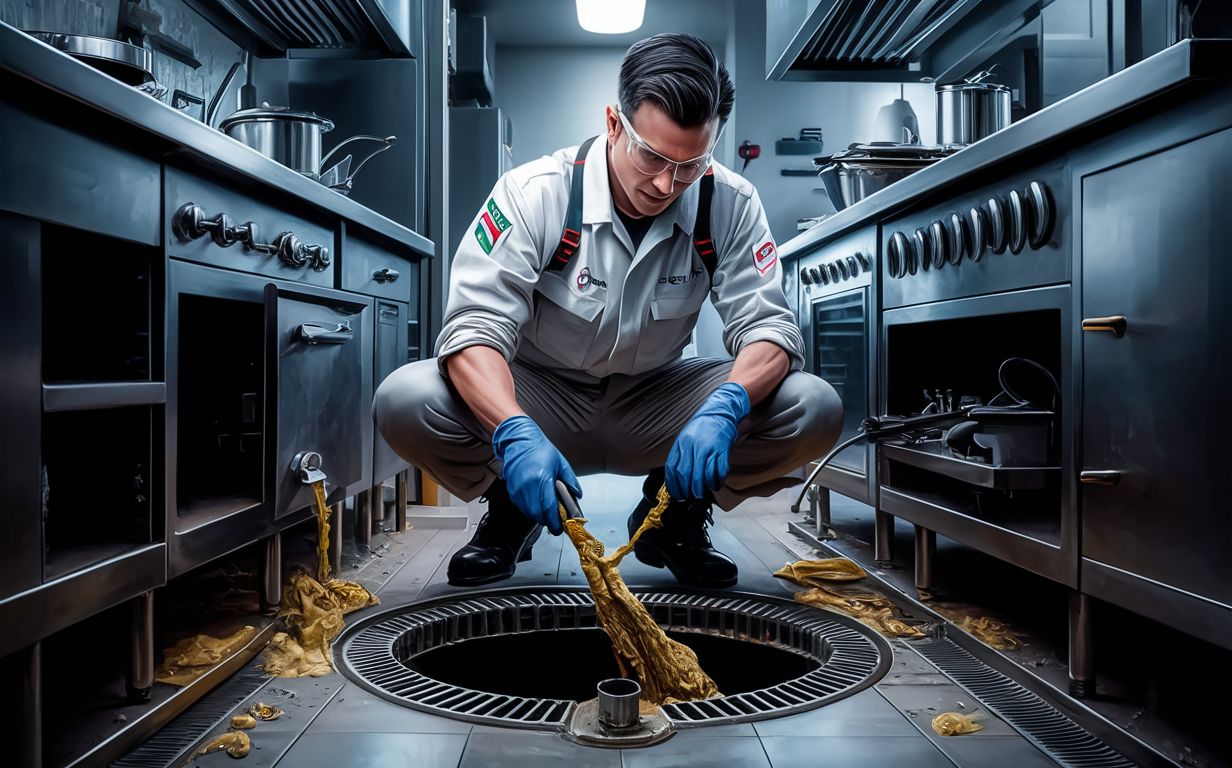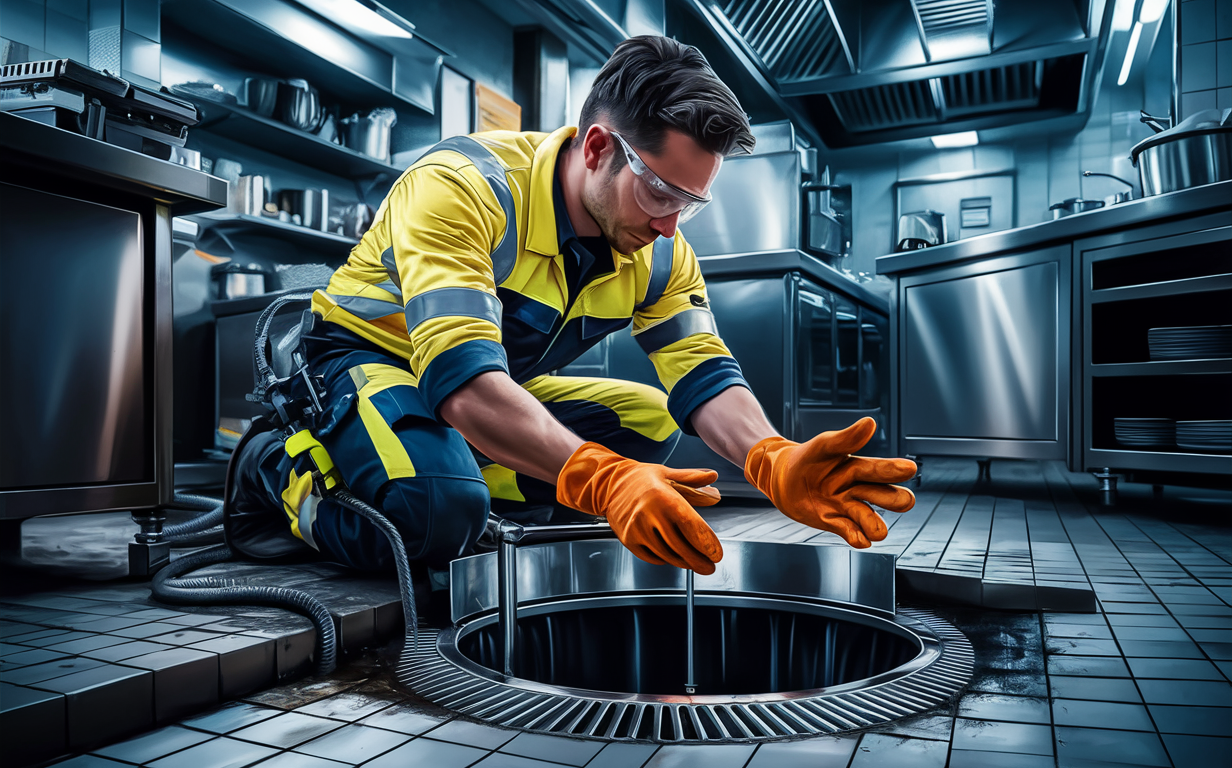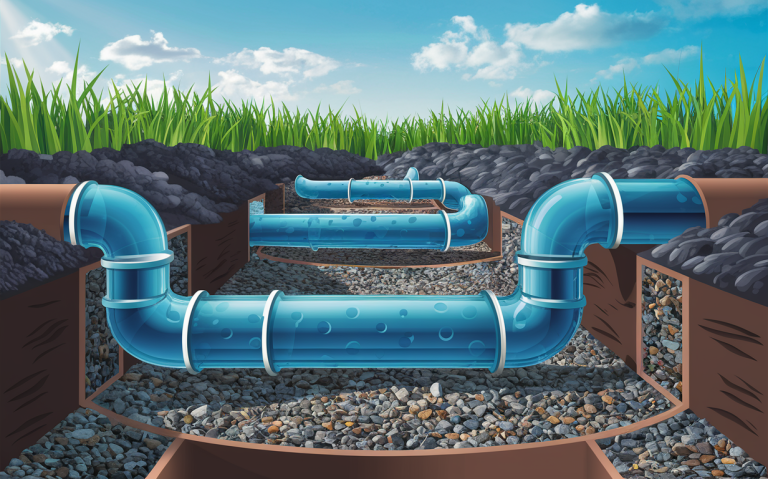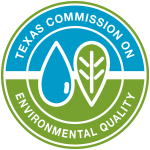Essential Guide to Grease Trap Cleaning and Maintenance
Grease trap cleaning and maintenance are crucial for keeping your kitchen running smoothly and preventing costly backups. A well-maintained grease trap ensures that fats, oils, and grease (FOG) are effectively captured and do not enter the wastewater system.
Key Takeaways
- Importance of Regular Cleaning: Prevents blockages and ensures compliance with local regulations.
- Signs Your Grease Trap Needs Cleaning: Unpleasant odors, slow drainage, and grease overflow.
- DIY vs. Professional Cleaning: Understand when to perform routine maintenance yourself and when to call professionals.
- Maintenance Best Practices: Regular inspections, record-keeping, and using the right cleaning tools.
- Environmental Impact: Proper disposal methods to protect local water systems.
Why Regular Grease Trap Cleaning and Maintenance is Essential

Regular grease trap cleaning is essential for maintaining the efficiency of your kitchen’s wastewater system. Neglecting this maintenance can result in unpleasant odors, slow drainage, and even complete blockages. Fats, oils, and grease can solidify and cause significant damage to plumbing if not properly managed.
The Environmental and Legal Implications
Improperly managed grease traps can lead to environmental issues. FOG can enter the sewage system, causing blockages and overflows that harm local water systems. Additionally, many municipalities have regulations requiring regular grease trap maintenance. Failing to comply can result in hefty fines.
Signs That Your Grease Trap Needs Cleaning

Understanding the signs that your grease trap needs cleaning can save you from emergency situations. Here are some indicators:
- Foul Smells: If there’s an unpleasant odor coming from your drains, it’s likely time to clean your grease trap.
- Slow Drainage: When water takes longer to drain, it’s a sign that the trap is clogged.
- Grease Overflow: Visible grease outside the trap indicates it’s overfilled.
DIY Grease Trap Cleaning

Cleaning your grease trap can be done by yourself if you follow the right steps. Here’s a simple guide:
- Gather Supplies: You’ll need gloves, a wrench, a scraper, and a container for the grease.
- Remove the Lid: Use a wrench to carefully remove the trap lid.
- Scoop Out Grease: Remove the solidified grease and place it in the container.
- Clean the Trap: Scrape off any remaining grease from the trap.
- Inspect: Check for any damage or wear and replace parts as necessary.
- Reassemble: Put the lid back on securely.
When to Call Professionals
While routine cleaning can be done yourself, there are times when you should call a professional. If you notice persistent problems, such as recurring clogs or odors, it’s time to get expert help. Professionals can provide more thorough cleaning and inspect for underlying issues.
Best Practices for Grease Trap Maintenance

Here are some best practices to keep your grease trap in top shape:
- Regular Inspections: Schedule routine checks to ensure everything is functioning correctly.
- Record-Keeping: Maintain a log of cleaning and inspections.
- Use the Right Tools: Ensure you have the proper equipment for cleaning.
- Educate Staff: Train kitchen staff on what can and cannot go down the drain.
Maintenance Schedule
| Maintenance Task | Frequency | Notes |
|---|---|---|
| Visual Inspection | Weekly | Look for signs of overflow or damage |
| Cleaning | Monthly | More often if usage is high |
| Professional Inspection | Semi-Annually | Check for hidden issues |
| Record Update | After Each Task | Keep detailed logs |
Environmental Impact of Grease Trap Maintenance

Proper maintenance of grease traps plays a significant role in protecting our environment. When grease traps are not maintained, FOG can enter wastewater systems, leading to blockages and environmental hazards.
Proper Disposal Methods
It’s important to dispose of grease trap waste properly. Here are some methods:
- Certified Waste Haulers: Use services that comply with local regulations.
- Recycling: Some facilities recycle grease for biodiesel production.
- Landfill Disposal: Ensure grease is solidified before disposal to avoid leaks.
The Role of Local Regulations
Many areas have strict regulations on grease trap maintenance to prevent environmental harm. Ensure you’re familiar with local laws to avoid penalties.
Local Regulations Overview
| Region | Regulation Summary | Penalties for Non-Compliance |
|---|---|---|
| Texas | Monthly cleaning required for high-usage areas | Fines up to $1,000 per violation |
| California | Quarterly inspections mandatory | Business closure for severe cases |
| Florida | Annual professional cleaning mandated | Fines and possible legal action |
Common Myths About Grease Trap Maintenance

There are several misconceptions about grease trap maintenance. Let’s debunk a few:
- Myth 1: “I only need to clean my grease trap annually.” Truth: Depending on usage, monthly or even weekly cleaning may be necessary.
- Myth 2: “Hot water can break down grease.” Truth: Hot water only temporarily liquefies grease, which solidifies again, causing blockages.
- Myth 3: “I don’t need professional help.” Truth: Professionals can identify and fix issues that amateur cleaning may miss.
Tips for Effective Grease Trap Maintenance
- Schedule Regular Cleanings: Don’t wait for problems to arise.
- Train Your Staff: Ensure everyone understands what should not go down the drain.
- Use Biodegradable Cleaners: Avoid harsh chemicals that can damage the system.
- Monitor Usage: Keep track of grease output to adjust cleaning schedules accordingly.
- Keep Detailed Records: Document every cleaning and inspection.
How Texway Wastewater Services Can Help

At Texway Wastewater Services, we understand the importance of maintaining your grease trap. Our team of experts is equipped with the latest tools and knowledge to provide comprehensive cleaning and maintenance services.
With our 3500-gallon pump trucks and professional-grade equipment, we ensure your grease traps are thoroughly cleaned and compliant with local regulations.
Our Comprehensive Services
- Routine Cleaning: Scheduled services to keep your system running smoothly.
- Emergency Repairs: Quick response for unexpected issues.
- Inspections and Audits: Detailed assessments to identify potential problems.
- Education and Training: Informative sessions to help you and your staff maintain best practices.
- Importance of Grease Trap Cleaning: Grease traps prevent fats, oils, and greases (FOGs) from entering the sewage system, which can cause blockages and costly repairs. According to the Environmental Protection Agency (EPA), “Fats, oils, and greases (FOGs) are the number one cause of sewer blockages and overflows.” (Source)
- Frequency of Cleaning: The frequency of grease trap cleaning depends on the volume of food waste and the size of the establishment. The National Sanitation Foundation (NSF) recommends cleaning frequency based on the following factors:
- Volume of food waste
- Size of the establishment
- Type of food served
- Cleaning Process: Grease trap cleaning involves removing the accumulated FOGs and wastewater. This can be done manually or with the use of a vacuum truck. The EPA recommends using a vacuum truck to ensure thorough cleaning and prevent contamination of the environment. (Source)
- Cost of Cleaning: The cost of grease trap cleaning varies depending on the size of the establishment and the frequency of cleaning. The average cost for monthly grease trap cleaning ranges from $100 to $300, while weekly cleaning can cost up to $1,000 or more. (Source)
Conclusion
Effective grease trap cleaning and maintenance are essential for any kitchen operation. Regular inspections, proper cleaning techniques, and understanding when to call professionals can save you from costly repairs and ensure compliance with local regulations.
By implementing these best practices and leveraging professional services like those offered by Texway Wastewater Services, you can maintain a healthy, efficient, and environmentally friendly kitchen.
Remember, your grease trap is a crucial part of your wastewater management system. Keep it clean, and it will serve you well for years to come. For expert assistance, don’t hesitate to reach out to Texway Wastewater Services. Your kitchen’s efficiency and compliance depend on it.
Call us at (817) 889-4007 or schedule a service today.






 Texway Wastewater Services is a septic, wastewater, and excavation company based out of Burleson, Texas and serving the surrounding areas. We specialize in
Texway Wastewater Services is a septic, wastewater, and excavation company based out of Burleson, Texas and serving the surrounding areas. We specialize in